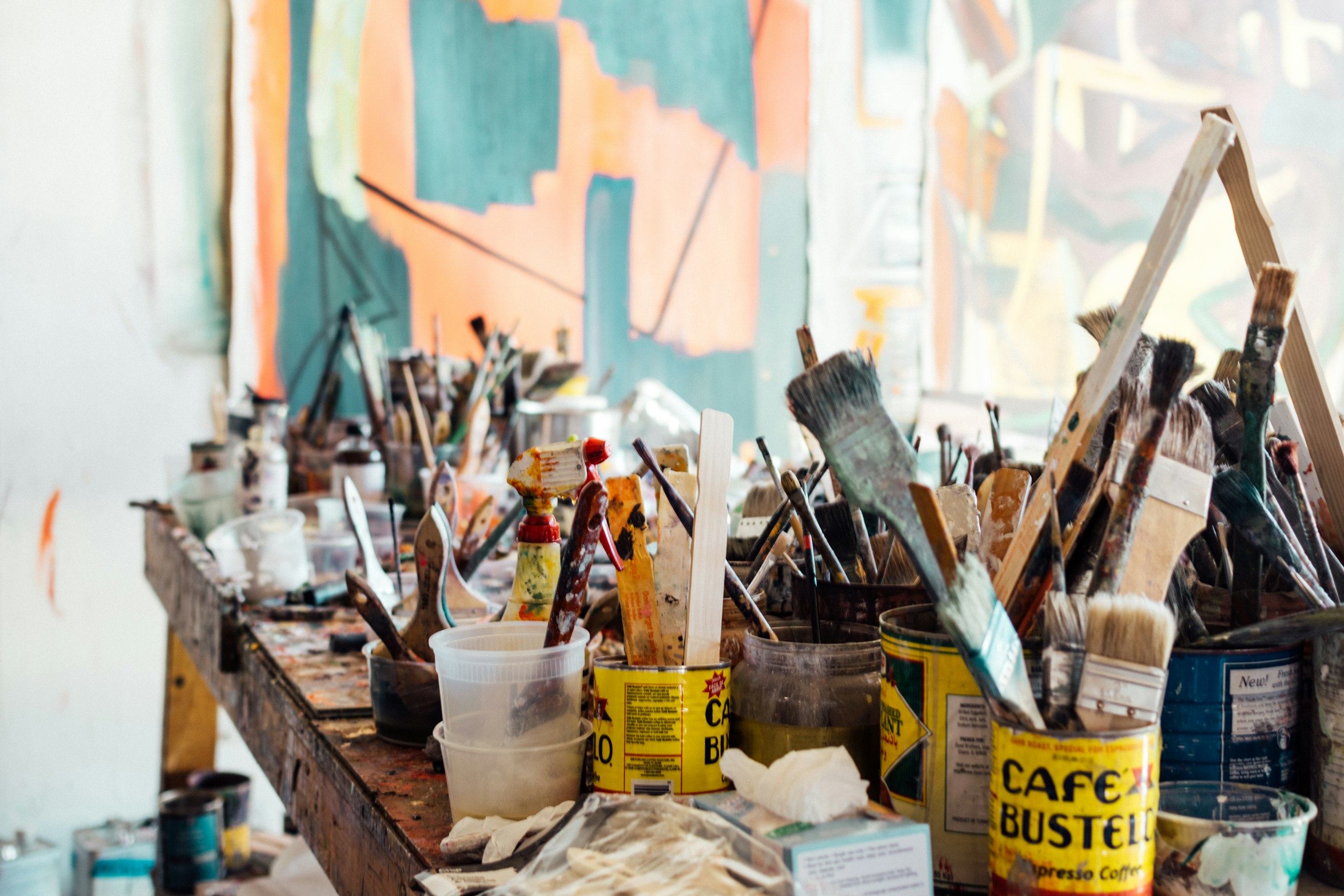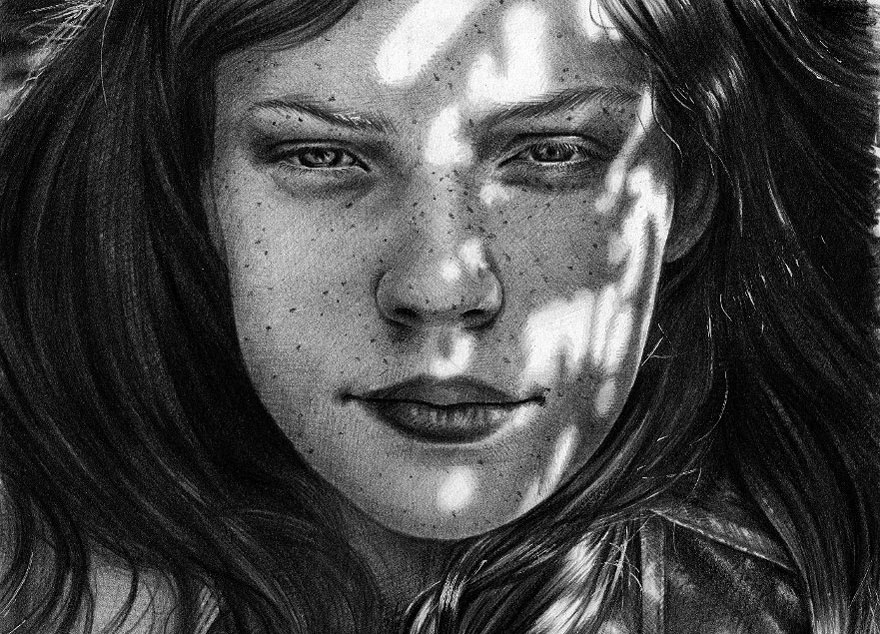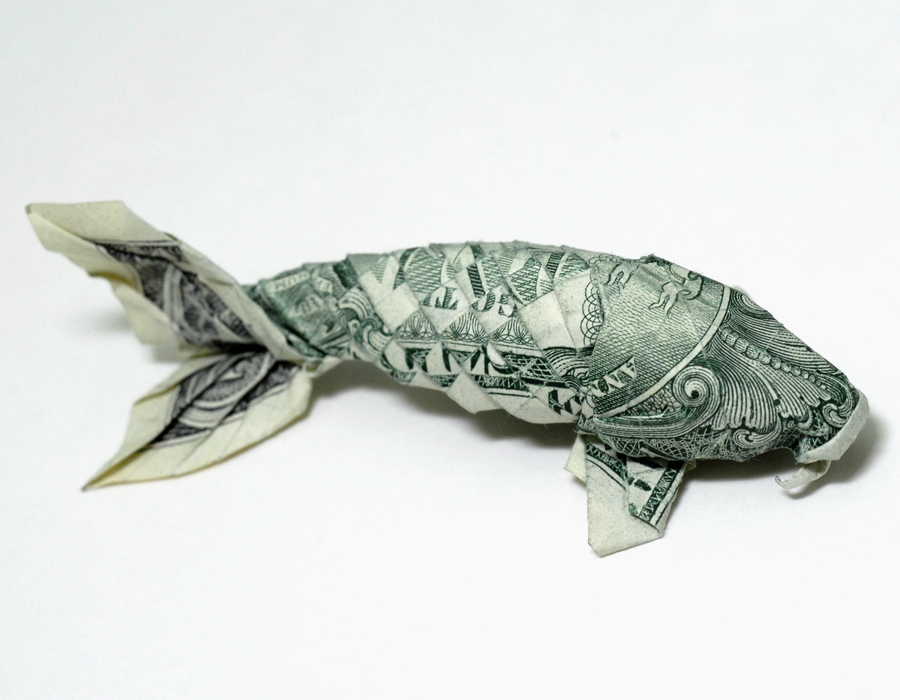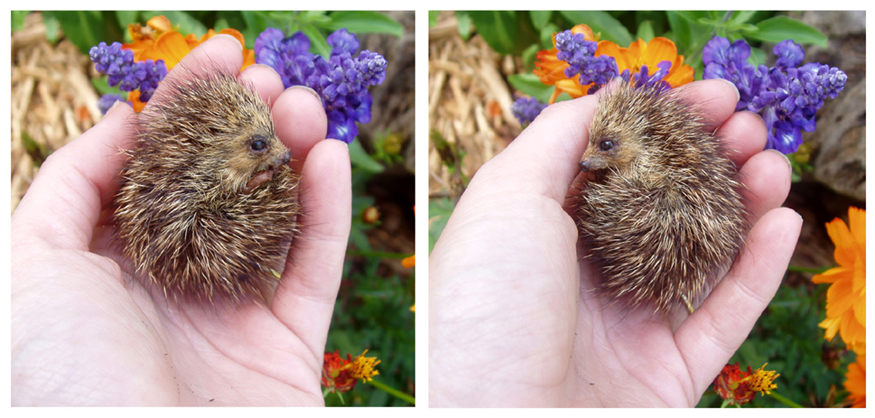Learn traditional art as a beginner with these great resources and tutorials with advice on how to approach traditional art as a beginner. This article hopes to provide you quality information so you can learn how to drawn traditionally today, with advice on materials, the different options you have with traditional art mediums, and workflow. Learning how to draw can be daunting, but hopefully this guide helps to guide you in your studies.
The purpose of this guide is to help beginners navigate the wonderful world that is traditional art. Looking for digital art? I wrote a beginner’s guide to digital art here.

This field of art is composed by many subcategories, and I will do my best to curate the different options in terms of mediums you have. If I missed one, or you want to see one included, please let me know in the comments below!
Mediums for traditional artists
One of the most exciting things about traditional media is the variety, and here is a compilation of mediums you should consider working with.
How to decide which one to pick?
I first recommend starting out with pencil or pen (ink), since that requires literally no monetary investment and will allow you to train your hand eye coordination, develop an eye for value and lighting, form, and anatomy (if relevant to your art). Later you can transition to colorful mediums or ones that cost more dollar signs.
If you want, you can use this link to Blick Art Materials or Amazon. It will help this site, at no extra cost to you :D
Graphite
Yes, your handy pencil! This is the medium pretty much everyone started out with, and maybe with crayons and colored pencils mixed in there.
I recommend exploring different hardnesses. Graphite comes in grades–from very soft and dark, to medium #2 HB hardness, to very hard and light. Here is a great explanation of different grades. I tend to use HB because it’s the one that I have in front of me, most of the time.
For some artists, graphite is for merely sketching and laying out. For others, it’s the medium of choice. There’s a lot of amazing artists that make amazing art, just from graphite.
Wnat some stunning examples? Check out the amazing artist,Monika Jasnauskaitė .
### Pen and InkPen and ink, another lovely medium within the traditional art world with a low financial entry barrier. There are tons of great pens out there, and I recommend trying different kinds, including felt tip, pigment liners, dip pens, fountain pens, or even the old office ballpoint. Here is a useful, curated list I found to help you explore your options.
Examples:
Heather Gwinn’s great work.
### Colored PencilThis medium behaves uniquely, translucent, blendable, and layer able It requires patience, and is one of my personal favorites. Professional colored pencil paintings are stunning and you can achieve so much detail and color with them. There are oil (usually a bit harder, no wax bloom) and wax (usually softer, but has wax bloom) based pencils.
Examples:
Gary Greene’s lovely work. He writes amazing tutorials and sells a book I love.
### PaintYou have a lot of choices here! I say go experiment by buying on sale, scholar sets (affordable but not horrendous in quality) and go for the one that you vibe with the best.
Here’s a well written guide to help you out!
- Acrylic - dries hard, pretty quickly, but not as quickly as watercolor. A bit more controllable than watercolor, blends less well.
- Watercolor & Gouache (a type of watercolor that is more opaque than regular watercolor) - generally not too expensive, lots of unique techniques, happy accidents
- Oil - rich, vibrant, takes a long time to dry
- Tempera - fast drying paint that resembles paint used in fresco.
Example by ooBLACKNIGHTINGALEoo
### Artisan CraftsVery broad category that includes paper crafts (like origami) and handmade creations. Think of etsy!
Example by orudorumagi11
Sculpture
I experimented with this when I was younger, but do not have that much experience with this medium. I recommend these awesome resources instead:
- Sculpture Techniques: Lessons, Tutorials, and Resources for Sculptors
- A Comprehensive Resource for Sculptors - Sculptor.org Bookstore
- Resources for Sculptors - The Sculpture Center
Example by pixiwillow
Starting Out
I recommend learning the fundamentals before you move on to exploring different techniques with your specific medium. Like I said, this stage just requires a pencil.
Make progress on mastering:
- Composition
- Structure & form
- Lighting & Value
- Color Theory
- Perspective
- Anatomy (if drawing people/animals)
After you feel comfortable with these topics, which may take a long time, then start reading step by step tutorials or tutorials targetted to your specific medium.
Tutorials that combine both art theory and art theory are the best, in my opinion.
Traditional art requires more planning than digital media because there is no CTRL + Z, unfortunately. However, a lot of happy mistakes happen and there are ways to correct mistakes.
- Frustrated with trying to find your style? Try experimenting and just letting yourself discover it as you learn to draw more.
Example workflow for beginning traditional artists
- Pencil sketch
- Refining of the sketch, maybe with a lightbox or carbon tracing
- Repeat the above step until outline is clean and accurate. This step is so important. Without an accurate armature, the rest of the piece will look off, no matter if the rest of the piece is on point in terms of shading and color. Refine anatomy, composition, perspective.
- Draft color thumbnails, or if you are going grey scale, create some value sketches to determine what you want your lighting to be.
- Now work in layers, adding and refining, takening a step back and analyzing ever so often.
- Once you are done, do not forget any required post processing, like fixative or finishing spray.
- Have a place in mind to store your art for the longest longevity. That means do not place your art in the sun if you have light sensitive pigments.
Great Beginner Resources for Traditional Artists
I love these resources because they offer so much information. I recommend that you check out these before buying art courses or paying for online art classes. Thanks to lovely people on the internet, there’s plenty of wonderful traditional painting lessons available for free.
- CTRL+Paint - has an excellent traditional art sketching series you should definitely watch.
- Draw A Box - nice drills & drawing lessons for beginners! Also links to reddit critique thread.
- Tuts+ -I love this site. Has such great tutorials on concepts & helpful walkthroughs.
- Proko - one of my favorites. Highly realistic artist that also provides clear, engaging video tutorials. A lot of them are free and have detailed accompanying articles.
- Artists Network has links to amazing art tutorials by experienced professionals
- A masterpost of wonderful art resource books you should read
- Traditional Art on All-Tutorials - DeviantArt
- Traditional art techniques by jane-beata
- Traditional Tutorial: Sketching Tips by CGCookie
- High Quality Stock Images -for reference
- Unsplash, free stock images - for reference
Solutions to common frustrations
https://artres.xyz/post/how-to-draw-smoother-lines/
Drawing smoother lines is a real challenge, for many of us! Here are a few quick tips for drawing smoother lines.
Hand position
- For smoother lines, try not to draw from your fingers and try to draw from your elbow or shoulder. This might require a change of grip.
- This is a great comparison of hand positions for drawing.
- Try ghosting the stroke in the air before you commit.
- When practicing ovals, circles, and lines, go fast. You also want to do linear relatively fast.
- f you’re doing it traditional, try using a lightbox so you don’t damage the sketch when doing line art. This way you can practice lining faster and smoother with a lot less stress.
I hope this was helpful!
Please share this piece with your friends if it helped! Thank you for reading! Let me know if there’s anything I can add!






